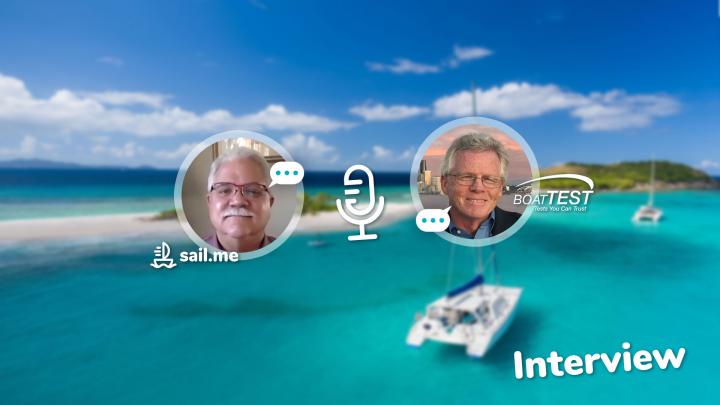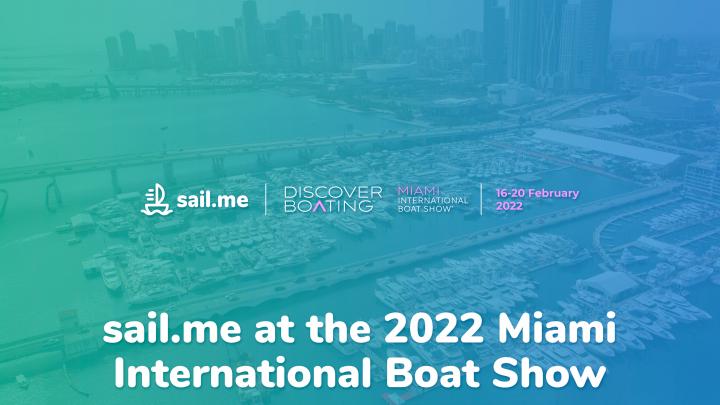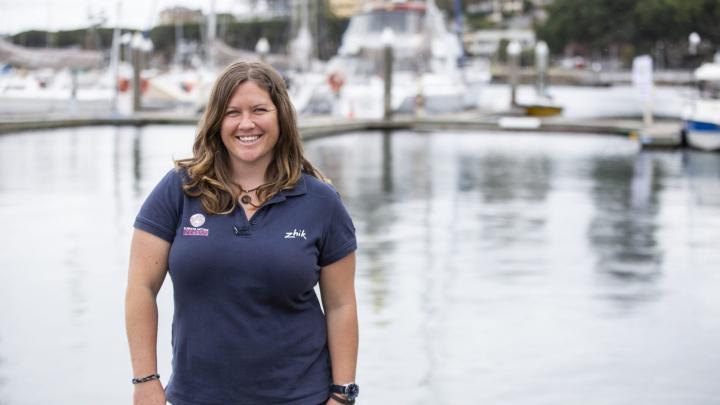Microplastic / Microfibres pollution
Posted Feb 01 2022 in About sail.me
We have partnered up with the Clean Ocean Foundation, to do everything in our power to protect and preserve the world’s waterways. One of the biggest environmental issues to be addressed is plastic pollution in the oceans. In particular - microplastics and microfibers.
The presence of microplastics in the water is a global concern. Such microparticles pose a threat to aquatic organisms and humans as well. Recent studies have shown over 80% of microplastic marine pollution consists of plastic microelements.
Learn more about the environmental impact of plastic pollution and how you can be a part of the change:
Facts and Statistics about Plastic Pollution
Microplastic and microfibres pollution is one of the most discussed and pressing eco problems in recent years. That is because plastic production exceeds the output of most manmade materials and has a hugely damaging impact on the marine ecosystem.
Check out some of the main key points and facts on the matter:
- Production & utilization of synthetic polymers grow at an annual rate of 8.3%
- More than 50% of all plastic materials were produced in the past 15 years
- Around half of all produced virgin plastics end up in landfills or nature
- Degradation and fragmentation of plastic fibers generate synthetic microfibers that are the top world’s ocean pollutant
- In 2019, 14% of global plastics production consisted of plastic fibers
- Most microplastics detected in oceans are polyester, polyamide, or acrylic microfibres
- Microfibres threaten the global biodiversity
- The toxic chemicals in microplastics are severely damaging to low-trophic aquatic organisms
- After being discharged in nature, the plastics eventually find their way into the food and water we consume
- Inhalation of airborne microfibers and severe ingestion of microplastics leads to a heightened risk of health problems
Plastic pollution is a real problem that needs a solution as soon as possible if we want to live in a thriving ecosystem. Stay around to learn more about how microplastics are being discharged and what you can do to minimize environmental risks with your actions.
Facts and statistic sources: Plos One, ScienceDirect
Microplastic Fibres
A notable fraction of microplastics accumulating in global waterways consists of microfibers. According to a recent study, 80% of marine microplastic pollution derives from plastic microfibres. Such a high percentage of fibers found in the ocean poses a huge threat to terrestrial biodiversity and the well-being of humankind.
Plastic fibers waste found in the ocean originates from developed nations. The most common pollutant is the washing machine. Every time we wash our clothes, hundreds of thousands of microfibres are being released as wastewater. As a result, around 400-4000 tonnes of microplastic fibers are dumped in the ocean annually from Australian outfalls.
Microfibers are potentially toxic and could be lethal once the food chain is corrupted. Unfortunately, researchers have already found proof of microfibres in the human body, accumulated by inhalation and consumption of contaminated food.
But where does the microplastic in the body come from? The answer is environmental circulation. We wash clothes, the wastewater enters the marine environment. Once the water is polluted, so are some of the organisms living in it. And thanks to the natural food chain, the microplastics come back to us in the water we drink and the food we consume.
The Solution to Microplastic and Microfiber Pollution
Solving the problem of microplastics and microfibres polluting the ocean does not happen overnight. At this point, existing contamination is hardly reversible. But fortunately, future plastic disposal can be severely limited if current actions were to be taken by governments, authorities, and outfalls.
Finding the magic formula to solving the microplastic issue would require a lot of additional research, new tech developments, and the global application of innovative practices for waste disposal. Individuals need to be more environmentally responsible as well.
Meet the Clean Ocean Foundation
Clean Ocean Foundation is an environmental organization that works towards making the world a better place by implementing strategies to stop ocean pollution and restore the former health of the oceans.
When it comes to microplastics, the Clean Ocean Foundation has two missions:
- Raise awareness of the microplastic problem
- Reduce pollution at the source by reducing the number of microfibres being released in nature as wastewater
The foundation focuses on research and finding applicable solutions to improve the way industrial outfall systems in Australia work and dispose of waste. Clean Ocean Foundation follows the source of synthetic microfiber emissions and the emission pathways to propose viable solutions for long-term sustainability.
Contribute and be a part of the change
There are many ways to become a part of the change!
The first one is to educate yourself on how to reduce the individual microplastic footprint. Be socially active on environmental matters, spreading awareness of the pressing issues. Another way to be helpful is by informing governments on microplastic pollution.
Do you want to be a part of a bigger change? Become a member of the Clean Ocean Foundation to work on research and projects to improve outfall practices and keep waterways free of plastics, microplastics, and other pollution.
In case you are not based in Australia but want to support the Clean Ocean Foundation, consider donating to their cause!
You might also like
 BoatTalks - sail.me & BoatTest Interview
BoatTalks - sail.me & BoatTest InterviewFeb 11 2022About sail.me
We joined Captain Steve from boattest.com to give some insights about the sail.me boat rental platform and its features!
read full post sail.me at the 2022 Discover Boating Miami International Boat Show
sail.me at the 2022 Discover Boating Miami International Boat ShowMar 01 2022About sail.me
We’re thrilled to announce that sail.me will be featured at one of the largest boat and yacht events in the world - the 2022 Discover Boating Miami International Boat Show!
read full post Lisa Blair – Sails the World
Lisa Blair – Sails the WorldOct 12 2021About sail.me
The road to environmental change is long and challenging. And not always on land. Just like in the case of Lisa Blair - the woman, who embarks on solo sailing adventures around the world and collects vital data on marine pollution and ocean health.
read full post